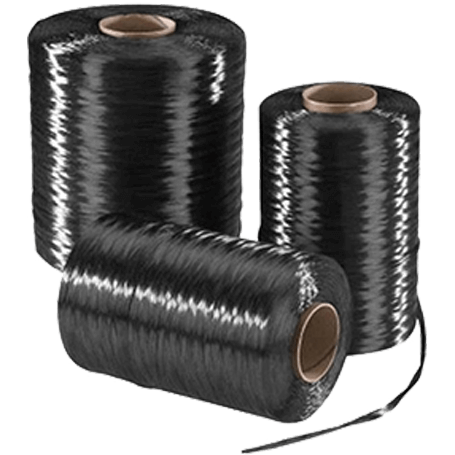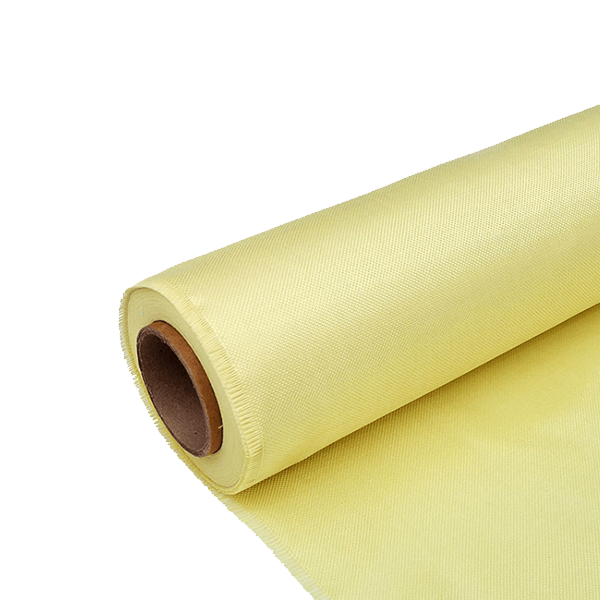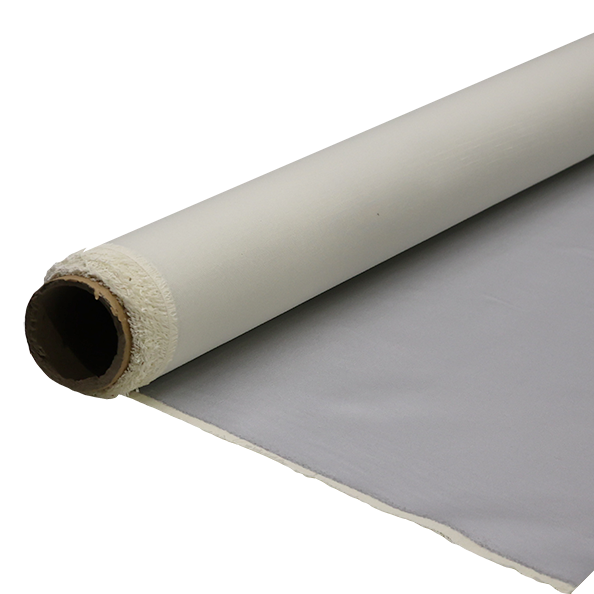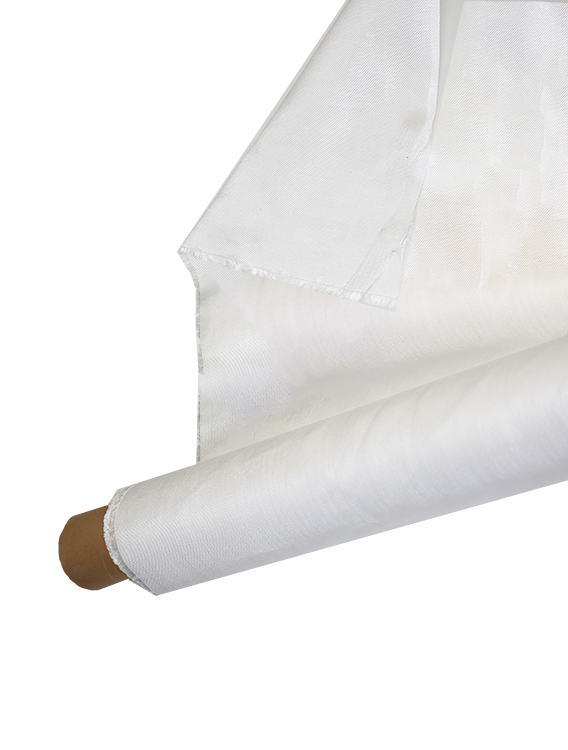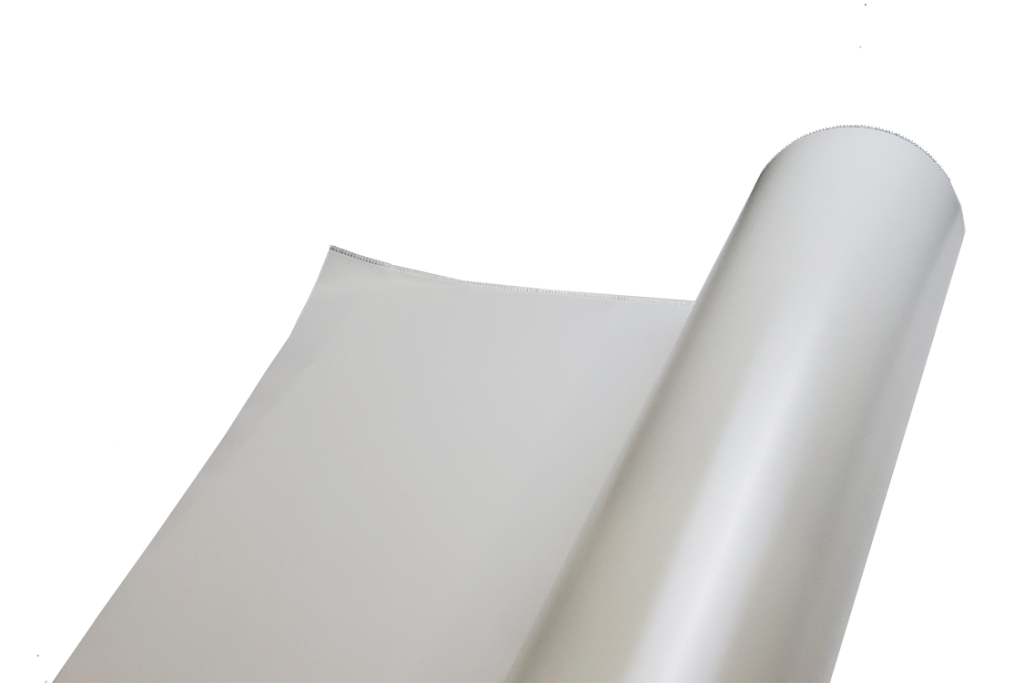3D-печать с использованием композитов меняет подход к прототипированию
-
Оглавление
“3D Printing with Composites: Revolutionizing Prototyping for a Stronger Tomorrow.”
3D printing with composites is revolutionizing the prototyping landscape by combining the advantages of additive manufacturing with the enhanced properties of composite materials. This innovative approach allows for the creation of lightweight, strong, and durable prototypes that can be tailored to specific applications. By integrating materials such as carbon fiber, glass fiber, and other polymers, designers and engineers can produce complex geometries that were previously difficult or impossible to achieve with traditional manufacturing methods. As a result, industries ranging from aerospace to automotive are experiencing faster development cycles, reduced material waste, and improved performance characteristics in their prototypes, ultimately leading to more efficient product development and a competitive edge in the market.
Advancements in 3D Printing Technology for Composite Materials
The landscape of 3D printing technology has undergone significant transformation in recent years, particularly with the advent of composite materials. These advancements are not merely incremental; they represent a paradigm shift in how prototypes are conceived, designed, and produced. As industries increasingly seek to enhance performance while reducing costs, the integration of composite materials into 3D printing processes has emerged as a game-changer. This evolution is characterized by the development of new printing techniques, improved material formulations, and enhanced machine capabilities, all of which contribute to the growing adoption of composites in prototyping.
One of the most notable advancements in 3D printing technology for composite materials is the refinement of additive manufacturing techniques. Traditional methods, such as Fused Deposition Modeling (FDM), have been adapted to accommodate composite filaments that incorporate fibers like carbon, glass, or aramid. These fibers significantly enhance the mechanical properties of the printed parts, resulting in prototypes that are not only lightweight but also exhibit superior strength and durability. Consequently, industries such as aerospace, automotive, and medical are increasingly leveraging these materials to create prototypes that can withstand rigorous testing and real-world applications.
Moreover, the development of advanced composite materials has played a crucial role in this transformation. Manufacturers are now producing composite filaments that combine thermoplastics with high-performance fibers, allowing for a diverse range of properties tailored to specific applications. For instance, nylon reinforced with carbon fibers offers excellent tensile strength and rigidity, making it ideal for functional prototypes that require both performance and precision. Additionally, the introduction of thermosetting resins in 3D printing has expanded the possibilities for creating complex geometries that were previously unattainable with traditional manufacturing methods. This versatility not only accelerates the prototyping process but also enables designers to explore innovative solutions that push the boundaries of conventional design.
In tandem with these material advancements, the capabilities of 3D printing machines have also evolved. Modern printers are equipped with sophisticated software and hardware that facilitate the precise control of printing parameters, such as temperature, speed, and layer height. This level of control is essential when working with composite materials, as it ensures optimal bonding between layers and minimizes defects. Furthermore, the integration of multi-material printing technology allows for the simultaneous use of different composites within a single prototype, enabling the creation of parts with varying mechanical properties in specific areas. This capability is particularly beneficial for industries that require complex assemblies, as it streamlines the production process and reduces the need for post-processing.
As a result of these advancements, the prototyping landscape is witnessing a significant shift towards more efficient and effective methodologies. The ability to produce high-performance prototypes quickly and cost-effectively is empowering companies to iterate designs rapidly, ultimately leading to faster time-to-market for new products. Additionally, the sustainability aspect of using composite materials in 3D printing cannot be overlooked. Many composite filaments are designed to be recyclable or biodegradable, aligning with the growing emphasis on environmentally responsible manufacturing practices.
In conclusion, the advancements in 3D printing technology for composite materials are reshaping the prototyping landscape in profound ways. By enhancing the mechanical properties of printed parts, expanding material options, and improving machine capabilities, these innovations are enabling industries to push the boundaries of design and functionality. As the technology continues to evolve, it is poised to unlock new possibilities for prototyping, fostering innovation and efficiency across various sectors. The future of 3D printing with composites is not just promising; it is already transforming the way we approach product development.
Benefits of Using Composites in Prototyping with 3D Printing
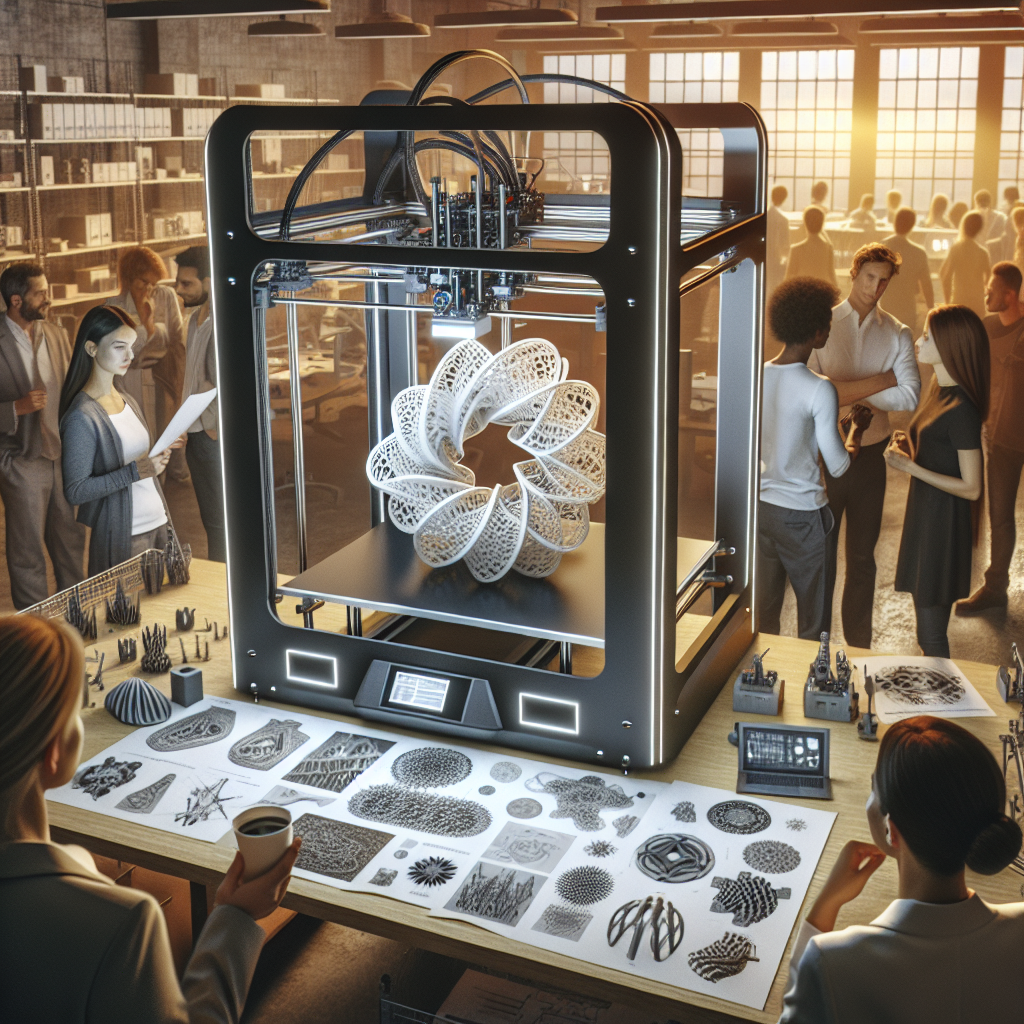
The advent of 3D printing technology has revolutionized various industries, and one of the most significant advancements within this realm is the integration of composite materials in the prototyping process. Composites, which are materials made from two or more constituent materials with significantly different physical or chemical properties, offer unique advantages that enhance the capabilities of 3D printing. As industries increasingly seek to innovate and streamline their prototyping processes, the benefits of using composites in 3D printing become increasingly apparent.
One of the primary advantages of utilizing composites in 3D printing is their superior strength-to-weight ratio. Composites can be engineered to provide exceptional mechanical properties while remaining lightweight, making them ideal for applications where weight reduction is critical, such as in aerospace and automotive industries. This characteristic not only improves the performance of prototypes but also allows for more efficient designs that can lead to reduced material costs and enhanced fuel efficiency in final products. Consequently, engineers and designers can create prototypes that closely mimic the performance characteristics of the final product, facilitating a more accurate assessment during the development phase.
In addition to their mechanical properties, composites also offer enhanced durability and resistance to environmental factors. Many composite materials are designed to withstand extreme temperatures, moisture, and chemical exposure, which is particularly beneficial in industries such as oil and gas, where prototypes must endure harsh conditions. By incorporating these materials into the 3D printing process, manufacturers can produce prototypes that are not only functional but also capable of withstanding the rigors of real-world applications. This durability reduces the need for multiple iterations of prototypes, ultimately saving time and resources during the development cycle.
Moreover, the versatility of composite materials allows for greater design freedom in prototyping. With the ability to combine different materials, designers can tailor the properties of the composite to meet specific requirements, such as flexibility, rigidity, or thermal resistance. This adaptability enables the creation of complex geometries and intricate designs that would be challenging or impossible to achieve with traditional manufacturing methods. As a result, 3D printing with composites empowers designers to push the boundaries of innovation, leading to the development of groundbreaking products that can better meet consumer demands.
Another significant benefit of using composites in 3D printing is the potential for cost savings. While the initial investment in composite materials may be higher than that of standard plastics, the long-term savings can be substantial. The durability and strength of composites often lead to reduced material waste during the prototyping process, as fewer iterations are required to achieve the desired outcome. Additionally, the ability to produce lightweight prototypes can lead to lower shipping costs and improved energy efficiency in the final product. As companies strive to optimize their budgets, the economic advantages of composites become increasingly compelling.
Furthermore, the integration of composites in 3D printing aligns with the growing emphasis on sustainability in manufacturing. Many composite materials can be sourced from renewable resources or designed to be recyclable, contributing to a more environmentally friendly production process. As industries face increasing pressure to adopt sustainable practices, the use of composites in prototyping not only meets regulatory requirements but also enhances a company’s reputation as a responsible manufacturer.
In conclusion, the benefits of using composites in 3D printing for prototyping are multifaceted, encompassing improved mechanical properties, enhanced durability, design flexibility, cost savings, and sustainability. As technology continues to evolve, the role of composites in reshaping prototyping processes will undoubtedly expand, paving the way for innovative solutions across various industries.
Case Studies: Successful Applications of 3D Printed Composites in Industry
The advent of 3D printing technology has revolutionized various industries, particularly in the realm of prototyping. Among the most significant advancements is the use of composite materials in 3D printing, which has led to remarkable improvements in the performance and functionality of prototypes. Several case studies illustrate how companies across different sectors have successfully integrated 3D printed composites into their workflows, showcasing the transformative potential of this technology.
One notable example can be found in the aerospace industry, where Boeing has leveraged 3D printed composites to enhance the efficiency of its manufacturing processes. By utilizing carbon fiber reinforced polymers, Boeing has been able to produce lightweight yet durable components that meet stringent safety and performance standards. The ability to rapidly prototype these parts has not only reduced lead times but has also allowed for more complex geometries that were previously unattainable with traditional manufacturing methods. This shift has resulted in significant cost savings and improved fuel efficiency in their aircraft, demonstrating the tangible benefits of adopting 3D printed composites.
Similarly, in the automotive sector, Ford has embraced 3D printing with composites to streamline its product development cycle. The company has implemented this technology to create prototypes of various vehicle components, such as brackets and housings, which are essential for testing and validation. By using composite materials, Ford has achieved a balance between weight reduction and structural integrity, enabling them to explore innovative designs that enhance vehicle performance. The rapid prototyping capabilities afforded by 3D printing have allowed Ford to iterate on designs more quickly, ultimately leading to faster time-to-market for new models.
In the realm of consumer products, companies like Adidas have also recognized the potential of 3D printed composites. The sportswear giant has developed a line of footwear that incorporates 3D printed components made from advanced polymer composites. This approach not only allows for customization and personalization of shoe designs but also enhances the overall performance and comfort for the end user. By utilizing 3D printing technology, Adidas has been able to respond to consumer demands for unique products while maintaining high standards of quality and performance.
Moreover, the medical industry has seen significant advancements through the application of 3D printed composites. For instance, companies like Stratasys have pioneered the use of composite materials to create custom prosthetics and implants. These products are tailored to the specific anatomical needs of patients, resulting in improved fit and functionality. The ability to rapidly prototype and produce these medical devices has transformed patient care, allowing for quicker turnaround times and more effective treatments. This case study highlights how 3D printed composites are not only reshaping prototyping but also enhancing the quality of life for individuals requiring medical interventions.
In conclusion, the successful applications of 3D printed composites across various industries underscore the technology’s potential to reshape prototyping processes. From aerospace to automotive, consumer products, and medical devices, the integration of composite materials in 3D printing has led to significant advancements in design, efficiency, and performance. As more companies recognize the benefits of this innovative approach, it is likely that the use of 3D printed composites will continue to expand, driving further innovation and transformation in the manufacturing landscape. The future of prototyping is undoubtedly intertwined with the capabilities offered by 3D printing technology, paving the way for a new era of design and production.
Вопросы и ответы
1. **Question:** How does 3D printing with composites improve the prototyping process?
**Answer:** 3D printing with composites enhances the prototyping process by allowing for the creation of lightweight, strong, and durable parts that can closely mimic the properties of final production materials, reducing the time and cost associated with traditional prototyping methods.
2. **Question:** What are the advantages of using composite materials in 3D printing for prototypes?
**Answer:** The advantages include increased strength-to-weight ratios, improved thermal and chemical resistance, and the ability to tailor material properties for specific applications, leading to more functional and efficient prototypes.
3. **Question:** How does the integration of composites in 3D printing affect design flexibility?
**Answer:** The integration of composites allows for greater design flexibility by enabling complex geometries and lightweight structures that would be difficult or impossible to achieve with traditional manufacturing techniques, facilitating innovative designs and rapid iterations.3D printing with composites is revolutionizing prototyping by enabling the creation of lightweight, strong, and complex structures that were previously difficult or impossible to achieve. This technology allows for rapid iteration and customization, significantly reducing development time and costs. As industries increasingly adopt composite 3D printing, it enhances design flexibility and performance, paving the way for innovative applications across various sectors, including aerospace, automotive, and healthcare. Ultimately, the integration of composites in 3D printing is transforming prototyping into a more efficient, sustainable, and versatile process.



